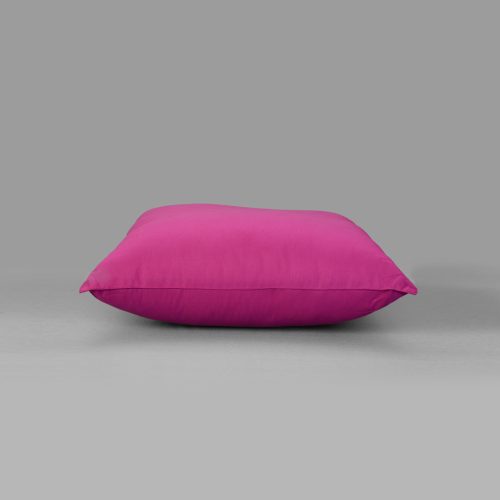
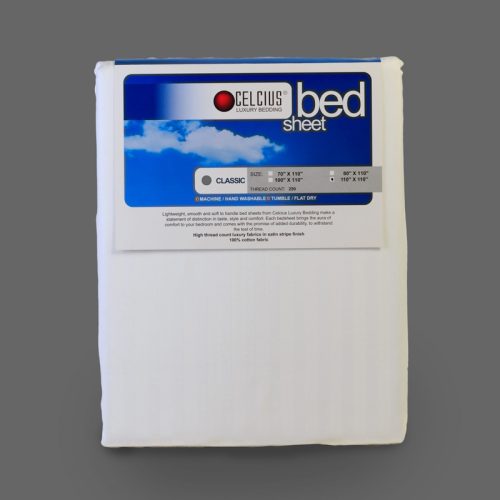
Rubber plant burgundy (Ficus elastica)
2,400.00 LKR
- Name– Ficus elastica
- Common Name– Rubber plant, rubber tree
- Height –40cm – 60cm (This plant size is between mention size)
- Note –Plant may not look like on the picture but will make sure you will have good quality plant. ( You can request for your ordered plant pitcher before deliver)
- What Include – Plant & Soil with Plastic pot
- Delivery –Plant only Deliver on within Colombo & Suburb (we don’t deliver the plant by courier, we will deliver i n person with our delivery team
- Note –Plant may not look like on the picture but will make sure you will have good quality plant. ( You can request for your ordered plant pitcher before deliver)
- What Include – Plant Medium Bush & Soil with Plastic pot
- Delivery –Plant only Deliver on within Colombo & Suburb (we don’t deliver the plant by courier, we will deliver i n person with our delivery team
- Plant Type – Evergreen tree
- Mature Size – 50–100 ft. tall (outdoors), 50–100 ft. wide (outdoors)
- Sun Exposure – Partial shade
- Soil Type– Moist but well-drained
- Soil pH – Acidic
- Bloom – Time Rarely blooms
- Flower – Color Rarely blooms
- Hardiness Zone – 10–12 (USDA)
- Native Area – Asia
Rubber plant
also known as the Ficus elastica, it, is an unusual-looking varietal native to the tropics of Southeast Asia. This long-lived plant boasts oversized, oval-shaped leaves with a rich emerald hue and can grow quickly, reaching up to 100 feet tall in its natural habitat. It’s not the easiest plant for beginners because it’s not very forgiving if it doesn’t get the care it needs. However, it’s more often grown indoors as a houseplant, where it can be planted and cared for year-round, and its size is kept more manageable.
When it comes to caring for a rubber plant, care is straightforward. It needs adequate light, moisture, and warmth (it is a tropical plant). Give it a southern or eastern exposure, but keep it several feet away from the windows, and you’ll be rewarded with an exotic addition to your indoor plant collection.
How to Grow Rubber Tree Indoors
The rubber plant has waxy-looking leaves that start with a pink-coral hue, eventually deepening to dark rich green. As the plant grows, it will begin to droop, so you must help support its leaves by using a long wooden dowel (or bamboo stalk) to help keep them upright.
Sunlight
Like most plants in their genus, rubber plants love lots of bright, diffused light. They can tolerate soft morning sunlight but should be moved out of the line of harsh direct rays in the afternoon as they can singe the leaves. Plants that do not receive sufficient light will become leggy, lose their lower leaves, and their leaf color will become dull instead of glossy and vibrant.
Watering
Water your rubber plant frequently—they like to be kept steadily moist but not soaked. Rubber plants also are vulnerable to excessive dryness and don’t tolerate drought well. To check if its time for another watering, check the moisture levels in the first few inches of soil—if they’re dry and crumbly, it’s time to water your plant again.
Temperature and Humidity
Like other types of ficus trees, these plants are vulnerable to cool drafts. Unhealthy plants will become leggy, with stretching internodes, and the leaves might first turn yellow and then brown before dropping off entirely. Generally, rubber trees are best kept in moderate to warm temperatures between 60 degrees Fahrenheit and 75 degrees Fahrenheit, with moderate humidity as well. If your home tends to be dry, invest in a space humidifier to increase the levels.
Fertilizer
Feed the plant a weak liquid fertilizer throughout the growing season. They are relatively heavy feeders when healthy. Some experts recommend only lightly fertilizing indoor plants to prevent stretching and plants becoming root-bound because they grow too fast.


MAECENAS IACULIS
Vestibulum curae torquent diam diam commodo parturient penatibus nunc dui adipiscing convallis bulum parturient suspendisse parturient a.Parturient in parturient scelerisque nibh lectus quam a natoque adipiscing a vestibulum hendrerit et pharetra fames nunc natoque dui.
ADIPISCING CONVALLIS BULUM
- Vestibulum penatibus nunc dui adipiscing convallis bulum parturient suspendisse.
- Abitur parturient praesent lectus quam a natoque adipiscing a vestibulum hendre.
- Diam parturient dictumst parturient scelerisque nibh lectus.
Scelerisque adipiscing bibendum sem vestibulum et in a a a purus lectus faucibus lobortis tincidunt purus lectus nisl class eros.Condimentum a et ullamcorper dictumst mus et tristique elementum nam inceptos hac parturient scelerisque vestibulum amet elit ut volutpat.
Related products
2 Piece Mogul Round Plant Stand
2 Piece Pyramid Copper Colour Round Plant Stand
2 Piece Retro Round Plant Stand
Cardinal Plant black (Philodendron erubescens)
- Common Name - Black Cardinal Plant (Philodendron erubescens) Botanical Name - Philodendron erubescens
- Height – 30cm – 40cm (This plant size is between mention size)
- Note – Plant may not look like on the picture but will make sure you will have good quality plant. ( You can request for your ordered plant pitcher before deliver)
- What Include – Plant Medium Bush & Soil with Plastic pot
- Delivery – Plant only Deliver on within Colombo & Suburb (we don’t deliver the plant by courier, we will deliver i n person with our delivery teamFamily - Araceae
- Plant Type - Perennial
- Mature Size - 2-60 ft. long, 16 in. wide
- Sun Exposure - Partial
- Soil Type - Well-drained, loamy
- Soil pH -Neutral, acidic
- Bloom Time - Spring, summer
- Flower Color - Red
- Native Area - Central America, South America
Monstera Deliciosa Plant
Product Deatils
- Common Names - Split-leaf philodendron, Swiss cheese plant
- Botanical Name -Monstera deliciosa
- Height – 36cm – 46cm (This plant size is between mention size)
- Note – Plant may not look like on the picture but will make sure you will have good quality plant. ( You can request for your ordered plant pitcher before deliver)
- What Include – Plant with 4-6 Stems & Soil with Plastic pot
- Delivery – Plant only Deliver on within Colombo & Suburb (we don’t deliver the plant by courier, we will deliver i n person with our delivery team
- Family - Araceae
- Plant Type - Climbing evergreen
- Mature Size - 3 ft. tall, 2-3 ft. spread
- Sun Exposure - Bright indirect sunlight, partial shade
- Soil Type - Peat-based potting soil, well-drained
- Soil pH - Acid or neutral
- Bloom Time - Mid-summer
- Flower Color - Cream/tan
- Hardiness Zones - 10-12 (USDA)
- Native Area - Central America
Sansevieria – zeylanica – Snake Plant
- Common - Name Snake plant
- Botanical Name - Sansevieria-zeylanica
- Height - 45cm – 60cm (This plant size is between mention size)
- Note - Plant may not look like on the picture but will make sure you will have good quality plant. ( You can request for your ordered plant pitcher before deliver)
- What Include – Plant ( 8- 12 Leaf) & Soil with Plastic pot
- Delivery - Plant only Deliver on within Colombo & Suburb (we don’t deliver the plant by courier, we will deliver i n person with our delivery team)
- Family - Asparagaceae
- Plant Type - Evergreen, perennial
- Mature Size - Six inches to 3 feet tall
- Sun Exposure - Shade to partial sun
- Soil Type - Sandy, well-drained
- Soil pH - Slightly acidic to slightly alkaline
- Bloom Time - Spring (blooms are rare)
- Flower Color - White
- Native Area - West Africa (tropical)
Spathiphyllum – Bellini – Peace Lily plant
- Common Name - Peace lily, spath lily
- Botanical Name - Spathiphyllum spp.
- Family - Araceae
- Height – 24cm – 36cm (This plant size is between mention size)
- Note – Plant may not look like on the pitcher but will make sure you will have good quality plant. ( You can request for your ordered plant pitcher before deliver)
- What Include – Plant (Medium Bush with Flower or Flowerless) & Soil with Plastic pot
- Delivery – Plant only Deliver on within Colombo & Suburb (we don’t deliver the plant by courier, we will deliver i n person with our delivery team)
- Plant Type - Flowering tropical plant
- Mature Size - 1–3 ft. tall; up to 6 feet tall outdoors
- Sun Exposure - Partial shade
- Soil Type - Moist but well-drained
- Soil PH - Acidic
- Bloom Time - Spring
- Flower Color - White or yellow
- Native Area - Central America, Asia
Zamioculcas zamiifolia – ZZ Plant
- Latin Name - Zamioculcas zamiifolia
- Common Name - Black ZZ Plant
- Height – 20cm – 45cm (This plant size is between mention size)
- Note – Plant may not look like on the picture but will make sure you will have good quality plant. ( You can request for your ordered plant pitcher before deliver)
- What Include – Plant with 6/8 Stems & Soil with Plastic pot
- Delivery – Plant only Deliver on within Colombo & Suburb (we don’t deliver the plant by courier, we will deliver i n person with our delivery team)
- Characteristics - The Zamioculcas , more commonly known as the ZZ Plant, is a indoor plant that beginners will be able to take care of with no trouble at all. The dark green leaves have a strong tinge of black to them, which usually means that a plant will be harder to care for, but not with the Raven. The upright foliage will show up very well when potted, with its distinct colour standing out from the rest due to its stark palette.
- Plant Advice - Except for complete darkness and full sun, Raven will appreciate almost any light conditions - its not a fussy plant. You should let the plant dry out between waterings, perhaps only carrying the process out once or twice a month - again, it won't mind if you forget to do so.


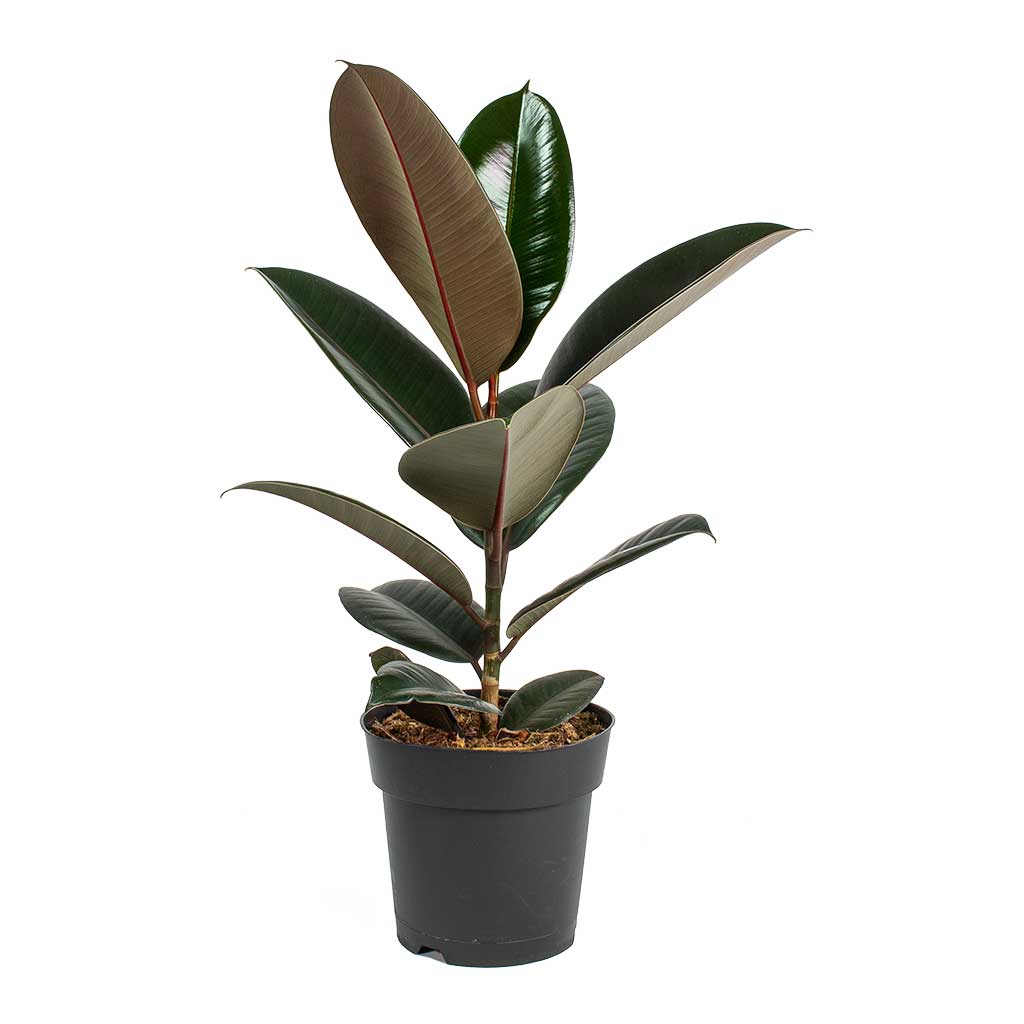


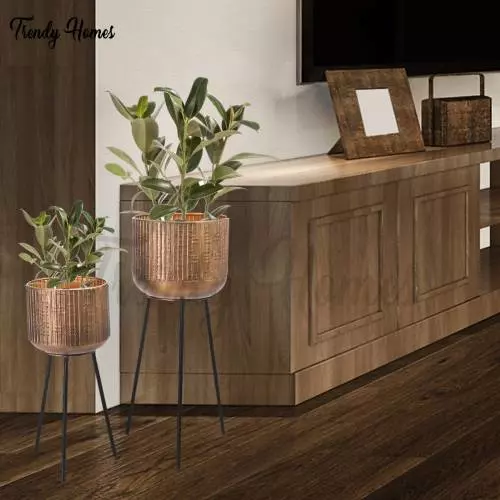
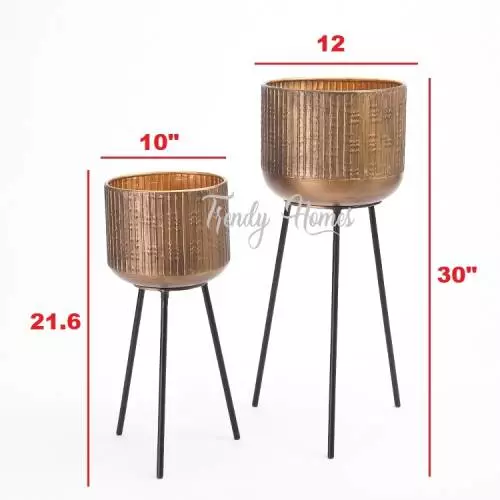
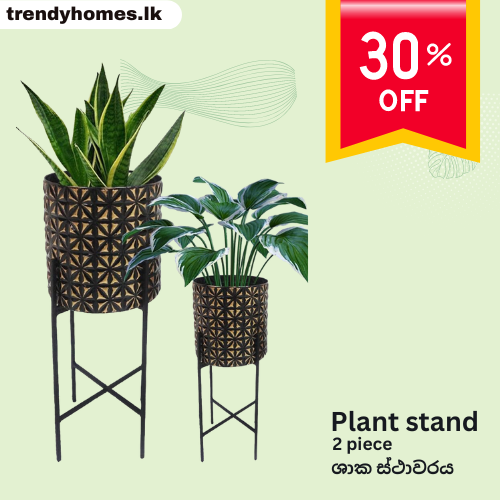
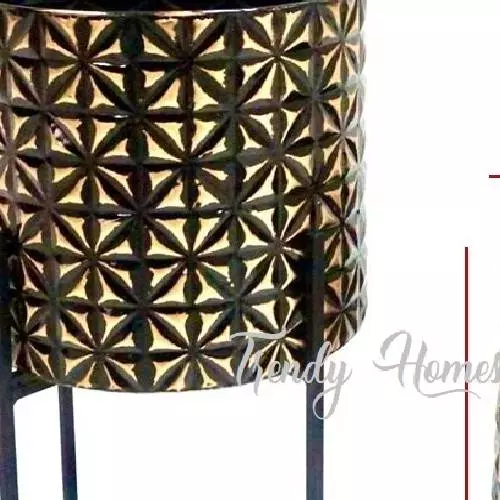
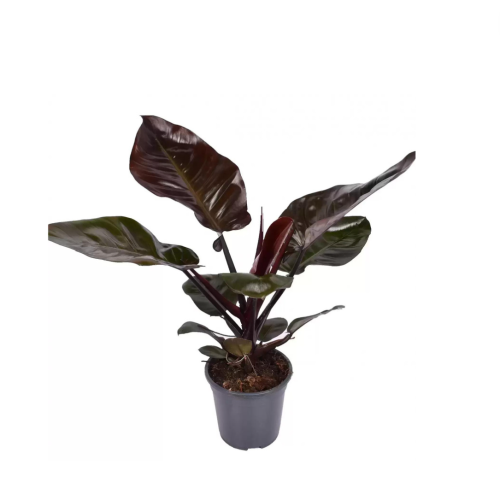
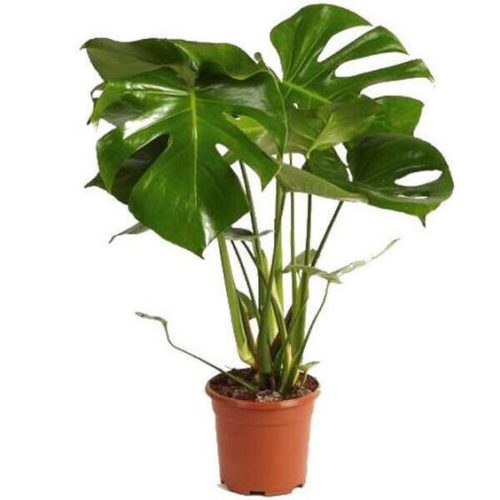
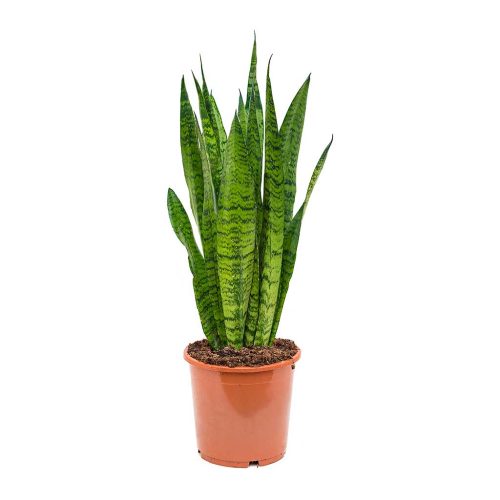
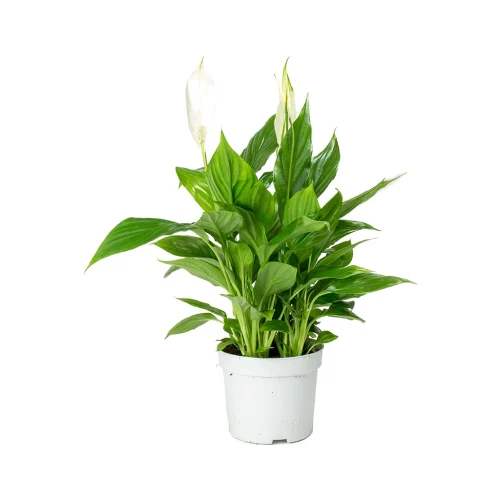
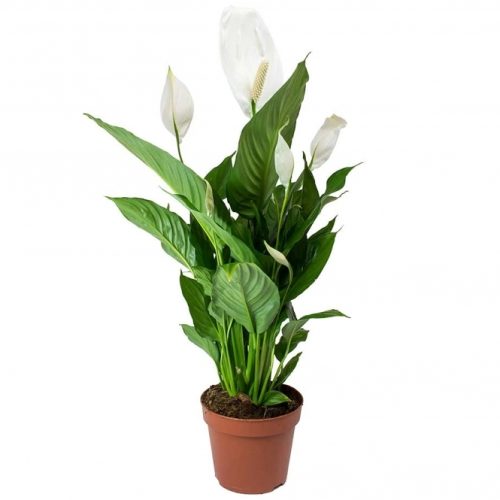
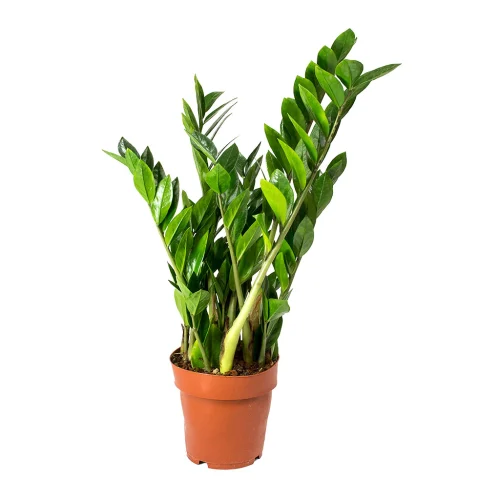
Reviews
There are no reviews yet.